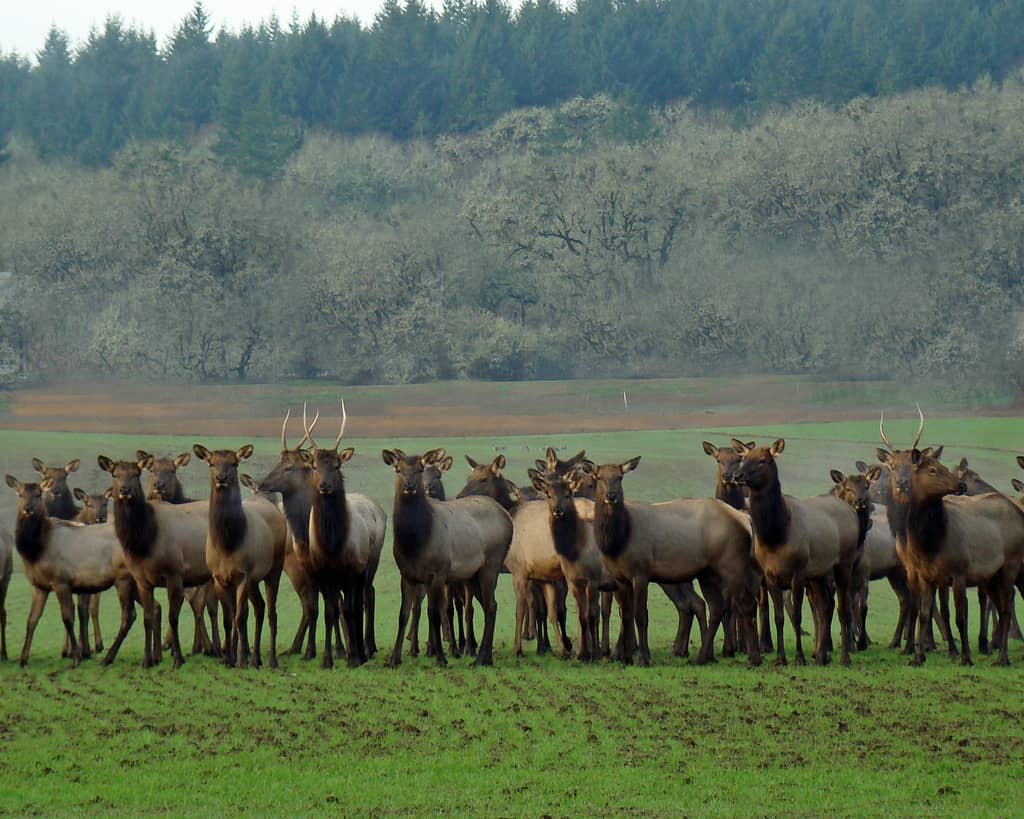Wildfire and Wolves Cause Elk Woes in Southern Idaho
OutdoorHub Reporters 01.21.14

Idaho ranchers are calling the movement of elk into the southwest part of the state an “invasion.” Wildlife officials agree that the elk population is behaving and moving differently than before, and it is southern Idaho’s agricultural and ranching industry that is now under siege.
“The numbers are continuously growing out there,” rancher Mike Grimmett told The Times-News.
Grimmett says that over 1,500 elk trampled his property in Mayfield, consuming everything in sight. What they do not eat, the elk stomp into the ground. Elsewhere in Elmore County the situation is the same. According to the Capital Press, more than 4,000 elk have entered the Mayfield area alone. For the ranchers that own land there, it is a problem that is threatening their livelihood. On January 15, a group of landowners from Elmore County visited Boise and asked state legislators and wildlife officials for help.
“If we can’t solve this problem, we need to be compensated,” said rancher Jeff Lord. “I don’t want to be a winter elk feed provider. I want to be a rancher.”
Idaho Fish and Game experts believe that the elk moved into the area due to a series of wildfires and pressure from wolves.
“One of the things that has changed is elk distribution,” Fish and Game program coordinator Toby Boudreau told Boise State Public Radio. “Over the past 15 years we’ve seen elk populations increase in places that we really didn’t have elk in the mid to late 90s.”
Last year marked a number of devastating wildfires in elk habitat, including more than 280,600 acres burned in the Sawtooth and Boise national forests. Wolves also played a part in driving the elk south, notably along the Salmon River where Fish and Game biologists recorded a 40 percent drop in elk numbers since 2002. The problem was pressing enough for the state to hire a professional hunter to eliminate two packs in central Idaho last year.
While the ranchers just want the elk gone, Fish and Game officials say it is a delicate situation. The agency is working on a new 10-year elk management plan that will increase cooperation between wildlife officials, ranchers, and farmers.
“Management of wildlife is our job, and I think we’ll continue to do that,” Boudreau said. “And in places where we’ve seen declines in elk numbers, we will take actions to make things better for elk and find that balance.”

